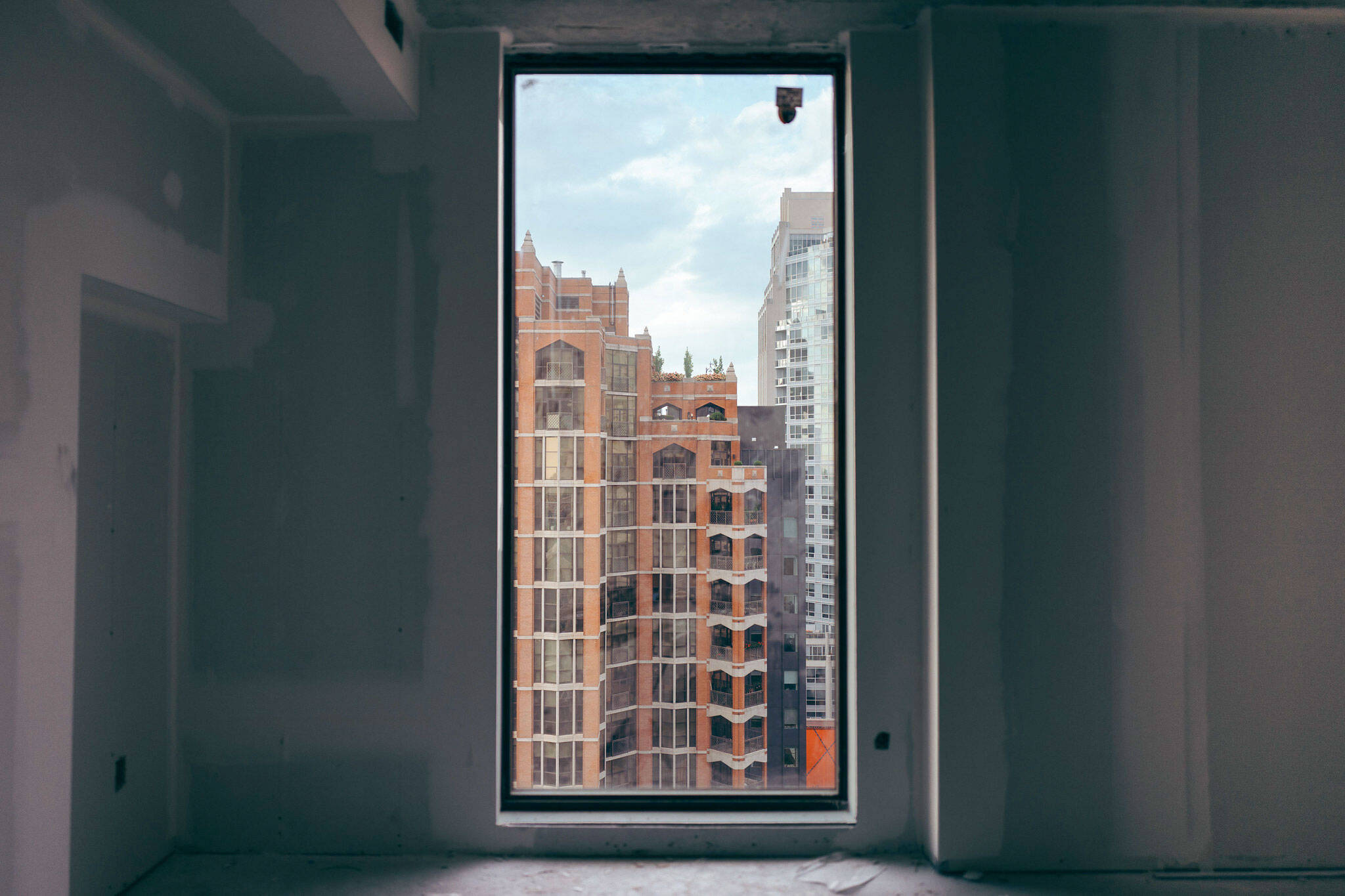
A shocking amount of Toronto homes sit empty as other cities see low vacancies
Toronto's frenzied housing market is known to be made worse by a critical supply shortage. With that information, it would be completely reasonable for one to assume that translates to few empty homes. That assumption would be very, very far from correct.
A ten-year analysis of Statistics Canada figures covering vacancy rates and empty homes in 150 cities across the country from real estate experts Point2 reveals some surprising statistics about Toronto and other Ontario markets.
According to the study, there are approximately 1.3 million unoccupied homes nationwide, but vacancy rates fell over the period of time analyzed in 87 of the top 150 cities by population, or 58 per cent. This marks the first time vacancies are on the decline in 20 years.
The study uses a few methodology layers to calculate unoccupied homes, or dwellings occupied by "not usual" residents.
Analysts subtracted the number of occupied homes from the total number of private residences for both 2011 and 2021. Changes in population add another facet of data, calculated by dividing a city's 2021 population by its 2011 population.
Of the 150 cities analyzed, 60 were in Ontario, with 33 cities of these cities experiencing declines in the rate of unoccupied residences.
The most pronounced drops in Ontario were recorded in Whitchurch-Stouffville and Windsor with -38 per cent changes in unoccupied homes, along with six other Ontario cities that experienced drops of over 30 per cent in unoccupied homes
But with all the fuss about a critical housing shortage in Canada's largest city, Toronto is nowhere to be found on the list of cities with plummeting vacancy rates, instead ranking among the 26 Ontario cities that saw the rates of unoccupied homes increase since 2011.
And it wasn't by a small number either, Toronto's vacancy rate climbing gradually in the last decade with an estimated 36 per cent increase in unoccupied homes. Factoring in population growth, the numbers aren't as worrying, with the overall vacancy rate increasing from 5 to 7 per cent from 2011 to 2021.
Even harder hit were outer GTA municipalities like Caledon and Burlington, both registering 54 per cent increases in unoccupied over the past decade.
Halton Hills and Ajax recorded the lowest vacancy rates in Ontario and all of Canada, hovering at just two per cent in 2021. But even with this figure, Halton Hills saw a 37 per cent increase in unoccupied homes since 2011, showing that vacancy rate alone isn't everything.
Some places in Ontario ranked even worse, the hardest hit being Sault Ste. Marie and its 61 per cent jump in unoccupied homes recorded over the last decade, the worst showing for any city in the province.
Still, its change in overall vacancy rate doesn't look a whole lot different than Toronto's climbing from 4 per cent to 7 per cent during this same time period.
Latest Videos
Latest Videos
Join the conversation Load comments







